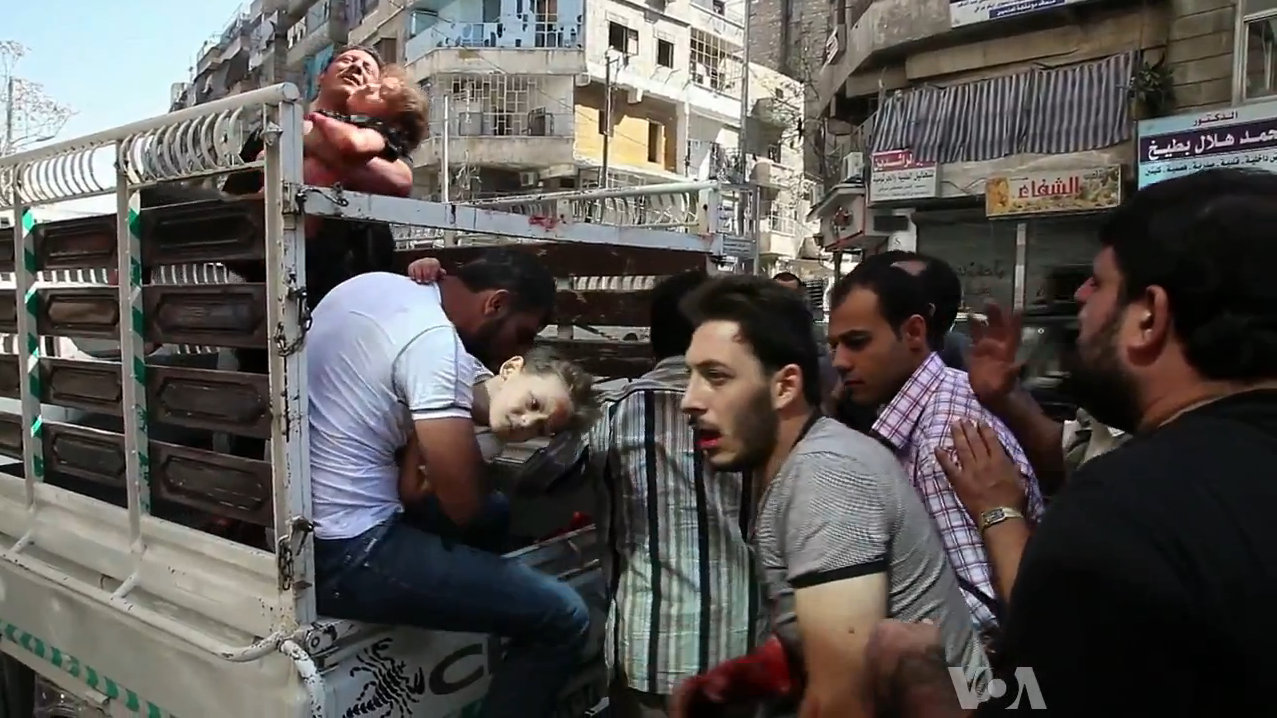|
Casualties
A casualty (), as a term in military usage, is a person in military service, combatant or non-combatant, who becomes unavailable for duty due to any of several circumstances, including death, injury, illness, missing, capture or desertion. In civilian usage, a casualty is a person who is killed, wounded or incapacitated by some event; the term is usually used to describe multiple deaths and injuries due to violent incidents or disasters. It is sometimes misunderstood to mean "Death, fatalities", but non-fatal injuries are also casualties. Military usage In military usage, a ' is a person in service killed in action, killed by disease, diseased, disabled by injuries, disabled by psychological trauma, prisoner of war, captured, desertion, deserted, or missing in action, missing, but not someone who sustains injuries which do not prevent them from fighting. Any casualty is no longer available for the immediate battle or campaign, the major consideration in combat; the number of cas ... [...More Info...] [...Related Items...] OR: [Wikipedia] [Google] [Baidu] |
Missing In Action
Missing in action (MIA) is a casualty (person), casualty classification assigned to combatants, military chaplains, combat medics, and prisoner of war, prisoners of war who are reported missing during wartime or ceasefire. They may have been killed in action, killed, Wounded in action, wounded, prisoner of war, captured, capital punishment, executed, or Desertion, deserted. If deceased, neither their remains nor grave have been positively identified. Becoming MIA has been an occupational risk for as long as there has been warfare. Problems and solutions Until around 1912, service personnel in most countries were not routinely issued with Dog tag (identifier), ID tags. As a result, if someone was killed in action and their body was not recovered until much later, there was often little or no chance of identifying the remains unless the person in question was carrying items that would identify them, or had marked their clothing or possessions with identifying information. Start ... [...More Info...] [...Related Items...] OR: [Wikipedia] [Google] [Baidu] |
Collateral Damage
"Collateral damage" is a term for any incidental and undesired death, injury or other damage inflicted, especially on civilians, as the result of an activity. Originally coined to describe military operations, it is now also used in non-military contexts to refer to negative unintended consequences of an action. Since the development of precision-guided munitions in the 1970s, military forces often claim to have gone to great lengths to minimize collateral damage. Critics of use of the term "collateral damage" see it as a euphemism that dehumanizes non-combatants killed or injured during combat, used to reduce the perceived culpability of military leadership in failing to prevent non-combatant casualties. Collateral damage does not include civilian casualties caused by military operations that are intended to terrorize or kill enemy civilians (e.g., the bombing of Chongqing during World War II and Russian strikes against Ukrainian infrastructure openly described as "ret ... [...More Info...] [...Related Items...] OR: [Wikipedia] [Google] [Baidu] |
Non-combatant
Non-combatant is a term of art in the law of war and international humanitarian law to refer to civilians who are not taking a direct part in hostilities. People such as combat medics and military chaplains, who are members of the belligerent armed forces but are protected because of their specific duties (as currently described in Protocol I of the Geneva Conventions, adopted in June 1977); combatants who are placed ''hors de combat''; and Neutral country, neutral persons, such as Peacekeeping, peacekeepers, who are not involved in fighting for one of the belligerents involved in a war. This particular status was first recognized under the Geneva Conventions with the First Geneva Convention of 1864. Under international humanitarian law, certain non-combatants are classified as protected persons, who are to be protected under laws applicable to international armed conflict at all times. The principle of "non-combatant immunity" protects non-combatants against being attacked intent ... [...More Info...] [...Related Items...] OR: [Wikipedia] [Google] [Baidu] |
Wounded In Action
Wounded in action (WIA) describes combatants who have been wounded while fighting in a combat zone during wartime, but have not been killed. Typically, it implies that they are temporarily or permanently incapable of bearing arms or continuing to fight. Generally, the Wounded in Action are far more numerous than those killed. Common combat injuries include second and third-degree burns, broken bones, shrapnel wounds, brain injuries, spinal cord injuries, nerve damage, paralysis, loss of sight and hearing, post-traumatic stress disorder (PTSD), and limb loss. For the U.S. military, becoming WIA in combat generally results in subsequent conferral of the Purple Heart, because the purpose of the medal itself (one of the highest awards, military or civilian, officially given by the American government) is to recognize those killed, incapacitated, or wounded in battle. NATO's definitions Wounded in action A battle casualty other than ''killed in action'' who has incurred an inju ... [...More Info...] [...Related Items...] OR: [Wikipedia] [Google] [Baidu] |
Civilian
A civilian is a person who is not a member of an armed force. It is war crime, illegal under the law of armed conflict to target civilians with military attacks, along with numerous other considerations for civilians during times of war. If a civilian engages in hostilities, they are an unlawful combatant and temporarily lose their protection from attack. It is slightly different from a non-combatant, because some non-combatants are not civilians (for example, people who are not in a military but support war effort or military operations, military chaplains, or military personnel who are serving with a neutral country). Civilians in the territories of a party to an armed conflict are entitled to certain privileges under the customary international law, customary laws of war and Treaty, international treaties such as the Fourth Geneva Convention. The privileges that they enjoy under international law depends on whether the conflict is an internal one (a civil war) or an internationa ... [...More Info...] [...Related Items...] OR: [Wikipedia] [Google] [Baidu] |
NATO
The North Atlantic Treaty Organization (NATO ; , OTAN), also called the North Atlantic Alliance, is an intergovernmental organization, intergovernmental Transnationalism, transnational military alliance of 32 Member states of NATO, member states—30 European and 2 North American. Established in the aftermath of World War II, the organization implements the North Atlantic Treaty, signed in Washington, D.C., on 4 April 1949. NATO is a collective security system: its independent member states agree to defend each other against attacks by third parties. During the Cold War, NATO operated as a check on the threat posed by the Soviet Union. The alliance remained in place after the dissolution of the Soviet Union and the Warsaw Pact, and has been involved in military operations in the Balkans, the Middle East, South Asia, and Africa. The organization's motto is . The organization's strategic concepts include Deterrence theory, deterrence. NATO headquarters, NATO's main headquarter ... [...More Info...] [...Related Items...] OR: [Wikipedia] [Google] [Baidu] |
Killed In Action
Killed in action (KIA) is a casualty classification generally used by militaries to describe the deaths of their personnel at the hands of enemy or hostile forces at the moment of action. The United States Department of Defense, for example, says that those declared KIA did not need to have fired their weapons, but only to have been killed due to hostile attack. KIAs include those killed by friendly fire during combat, but not from incidents such as accidental vehicle crashes, murder, or other non-hostile events or terrorism. KIA can be applied both to front-line combat troops and naval, air, and support forces. Furthermore, the term died of wounds (DOW) is used to denote personnel who reached a medical treatment facility before dying. The category ''died of wounds received in action'' (''DWRIA'') is also used for combat related casualties which occur after medical evacuation. PKIA means presumed killed in action. This term is used when personnel are lost in battle, initial ... [...More Info...] [...Related Items...] OR: [Wikipedia] [Google] [Baidu] |
Military Service
Military service is service by an individual or group in an army or other militia, air forces, and naval forces, whether as a chosen job (volunteer military, volunteer) or as a result of an involuntary draft (conscription). Few nations, such as Israel, require a specific amount of military service from every citizen, except for special cases, such as limitation determined by a military Physical examination, physical or religious belief. Most countries that use conscription systems only conscript men; a few countries also conscript women. For example, Norway, Sweden, North Korea, Israel, and Eritrea conscript both men and women. However, only Norway and Sweden have a gender-neutral conscription system, where men and women are conscripted and serve on equal formal terms. Some nations with conscription systems do not enforce them. Nations which conscript for military service typically also rely on citizens choosing to join the armed forces as a career. Some nations with armed f ... [...More Info...] [...Related Items...] OR: [Wikipedia] [Google] [Baidu] |
Whole Earth Review
''Whole Earth Review'' (''Whole Earth'' after 1997) was a magazine which was founded in January 1985 after the merger of the '' Whole Earth Software Review'' (a supplement to the '' Whole Earth Software Catalog'') and the '' CoEvolution Quarterly''. All of these periodicals are descendants of Stewart Brand's ''Whole Earth Catalog''. The last published hard copy issue of the magazine was the Winter 2002 issue. The next issue (Spring 2003) was planned but never published in hard copy format. Bruce Sterling attempted to solicit funds for this issue by writing that "friends at ''Whole Earth Magazine'' have experienced a funding crunch so severe that the Spring 2003 special issue (#111) on Technological Singularity, edited by Alex Steffen of the Viridian curia, hasn't been printed and distributed. ''Whole Earth'' is soliciting donations to get the issue printed, and has put some of the content online". Eventually, elements of the 2003 issue appeared only in digital format on the ''W ... [...More Info...] [...Related Items...] OR: [Wikipedia] [Google] [Baidu] |
Medical Corps (United States Army)
The Medical Corps (MC) of the U.S. Army is a staff corps (non-combat specialty branch) of the U.S. Army Medical Department (AMEDD) consisting of commissioned medical officers – physicians with either an M.D. or a D.O. degree, at least one year of post-graduate clinical training, and a state medical license. The MC traces its earliest origins to the first physicians recruited by the Medical Department of the Army, created by the Second Continental Congress in 1775. The US Congress made official the designation "Medical Corps" in 1908, although the term had long been in use informally among the Medical Department's regular physicians. Currently, the MC consists of over 4,400 active duty physicians representing all the specialties and subspecialties of civilian medicine. They may be assigned to fixed military medical facilities, to deployable combat units or to military medical research and development duties. They are considered fully deployable soldiers. The Chief of th ... [...More Info...] [...Related Items...] OR: [Wikipedia] [Google] [Baidu] |





